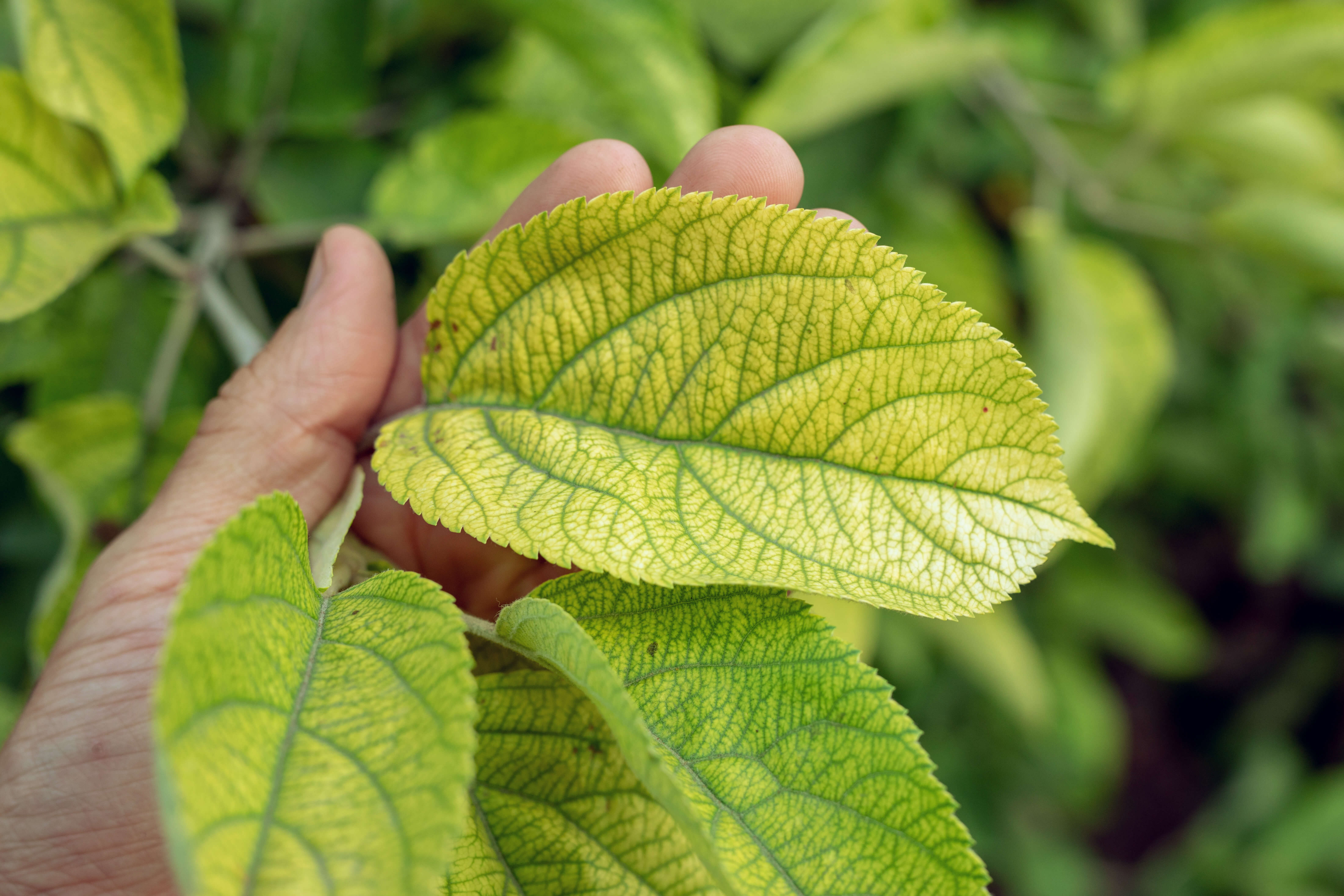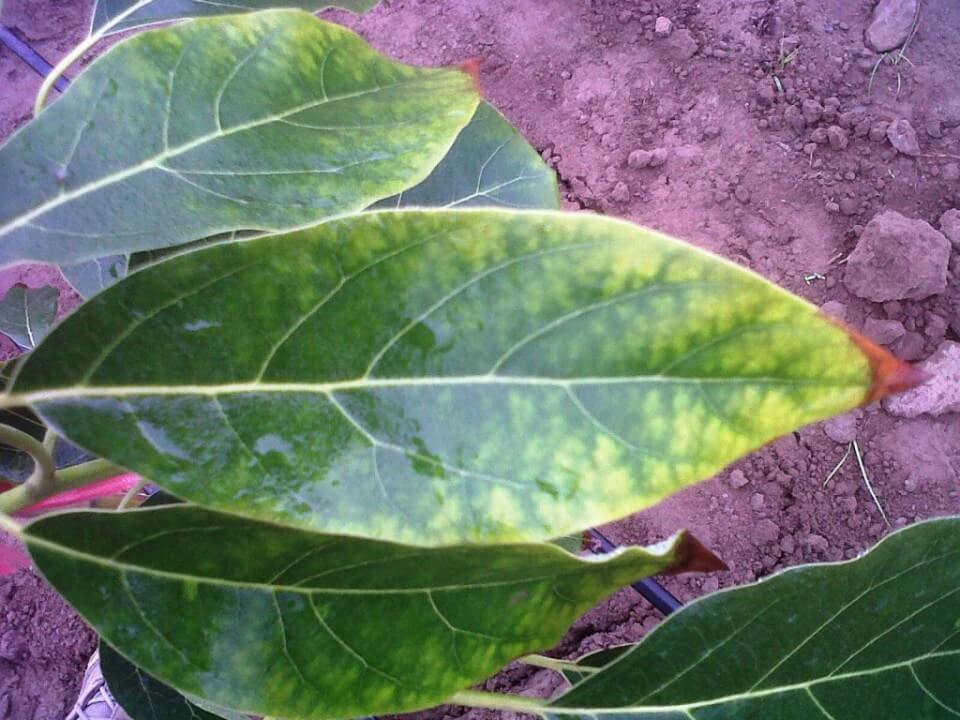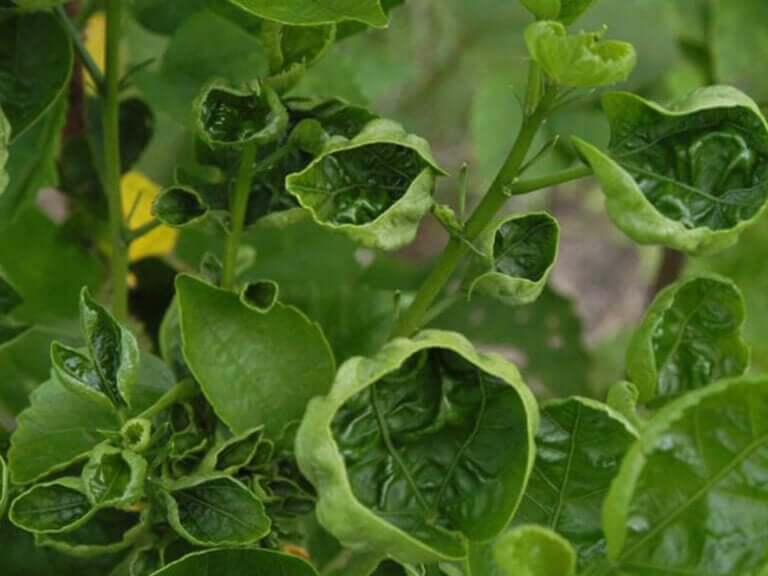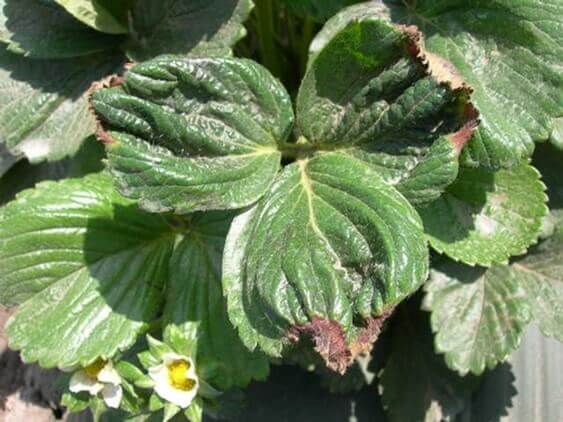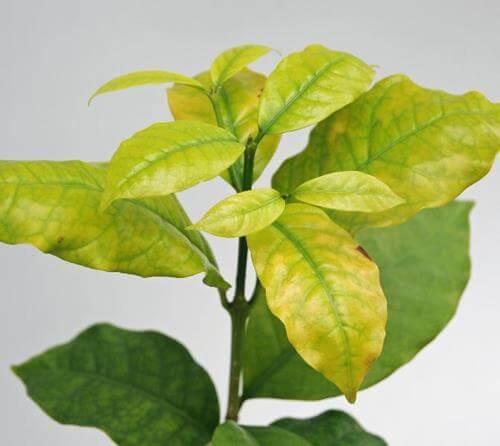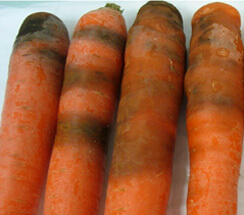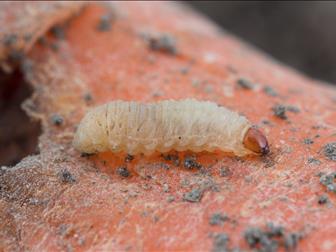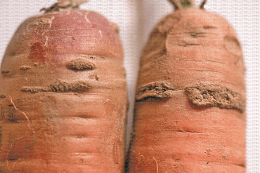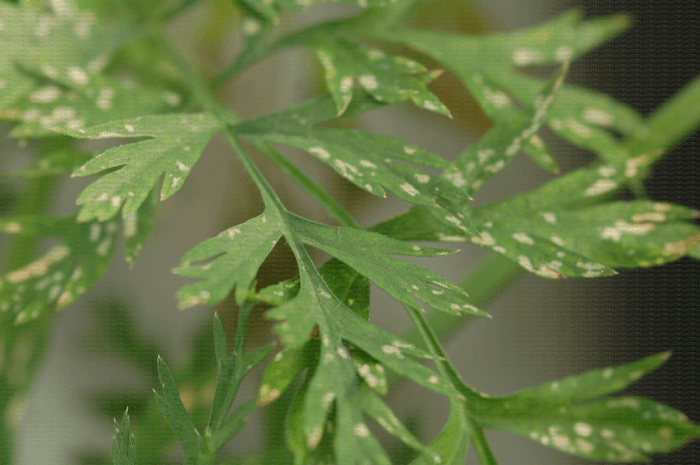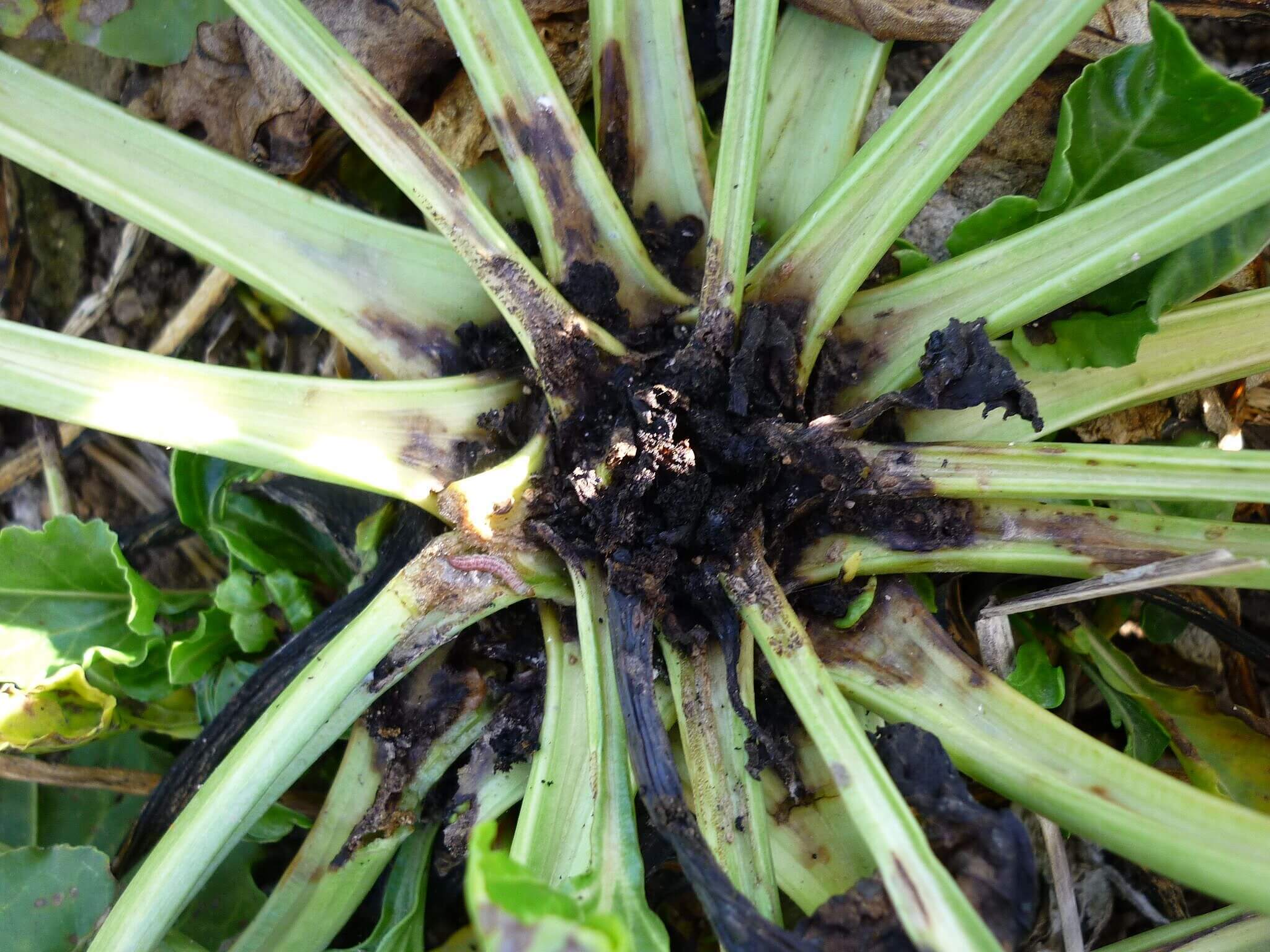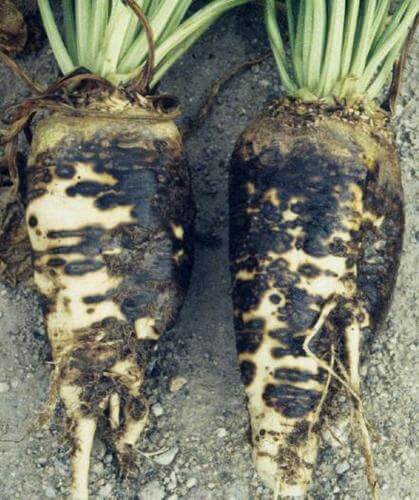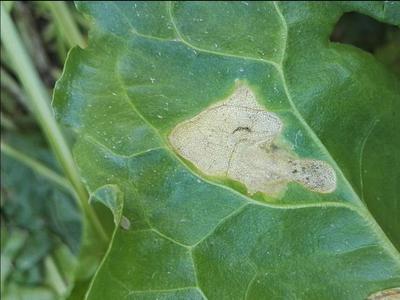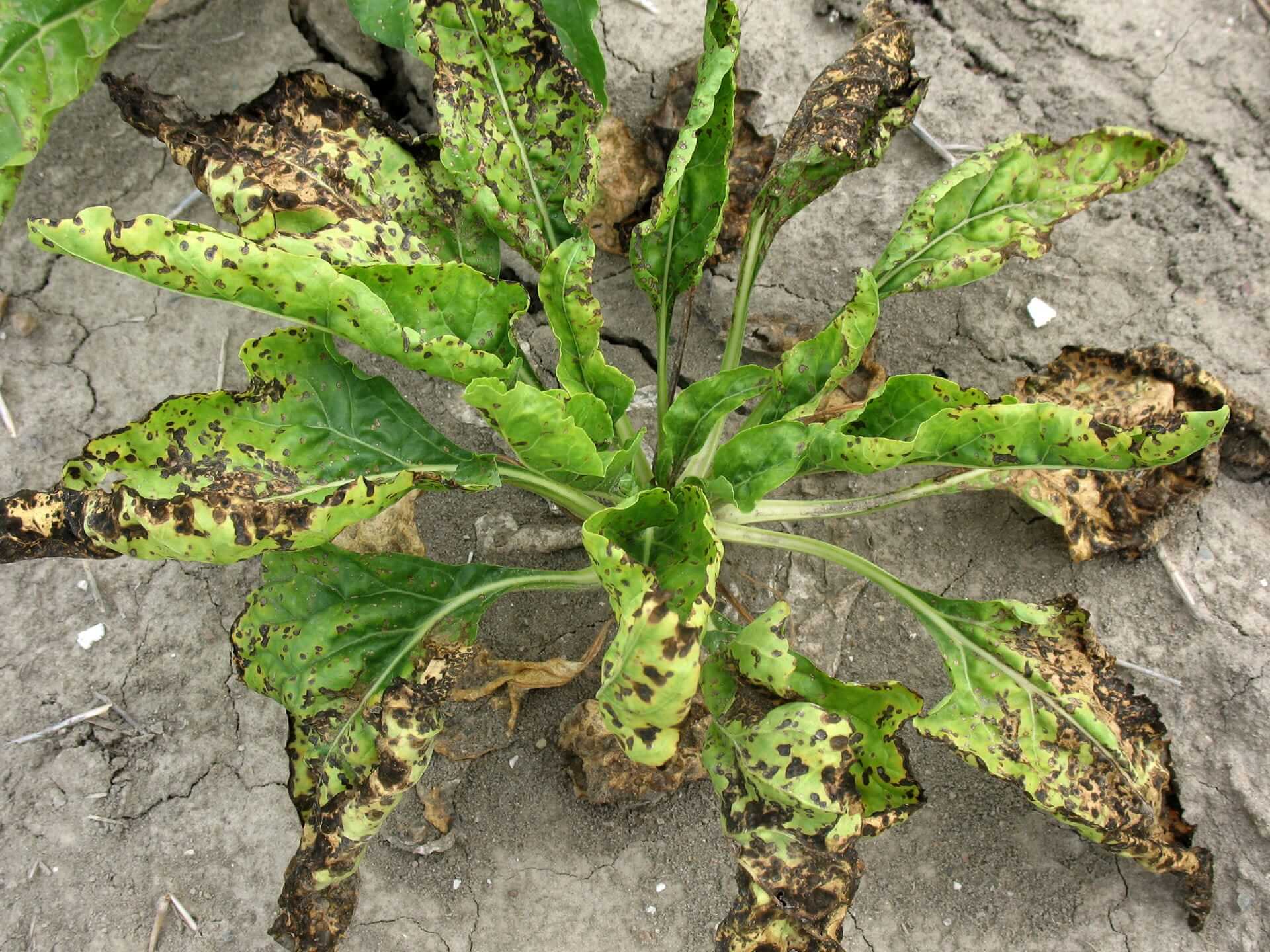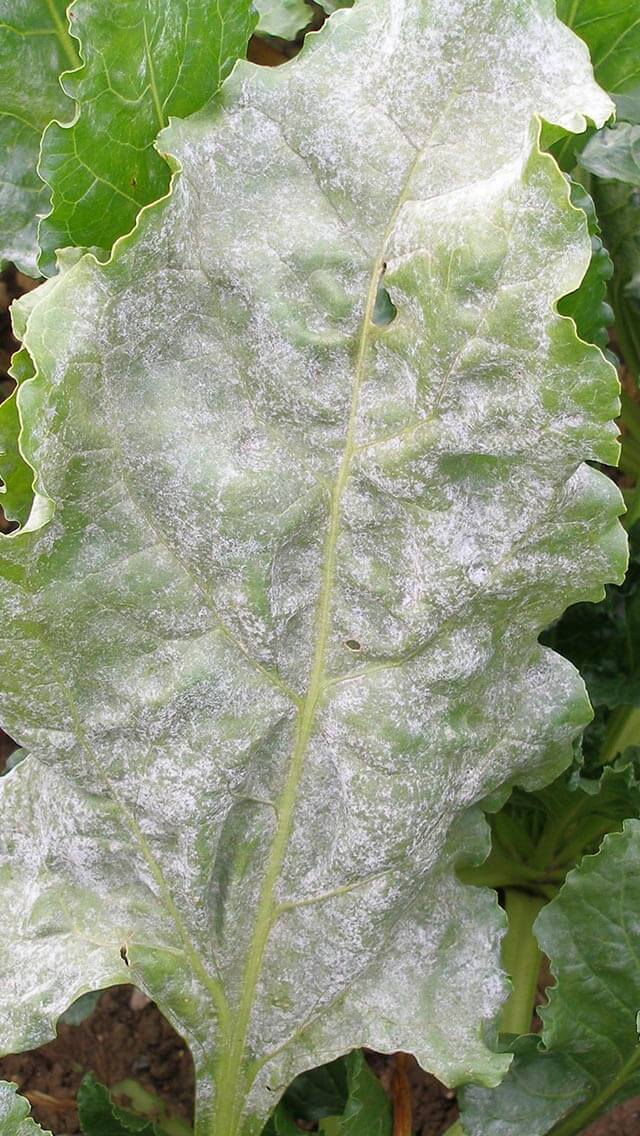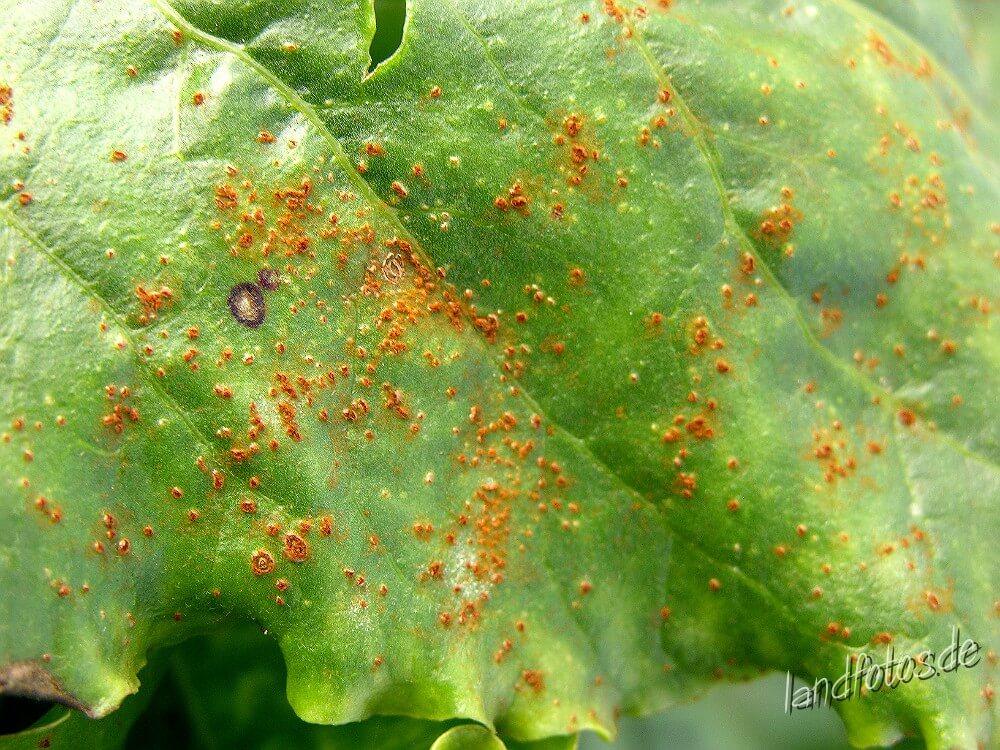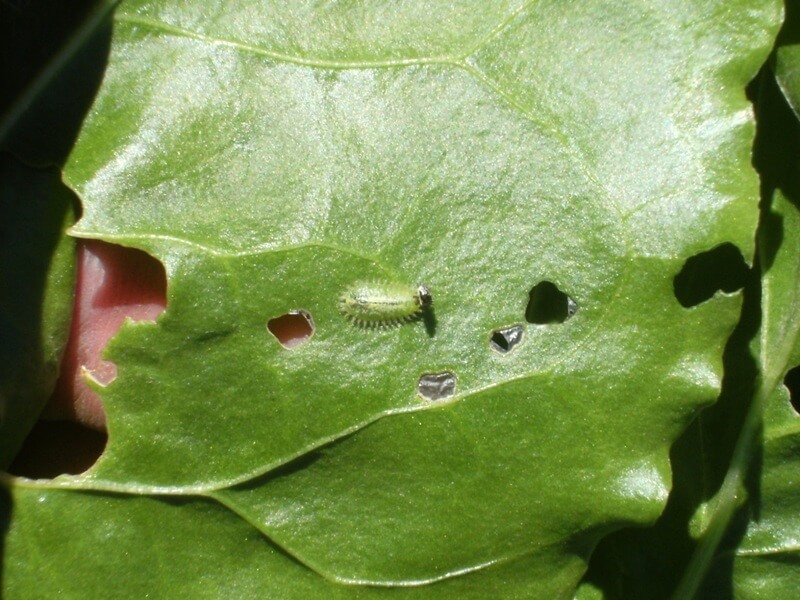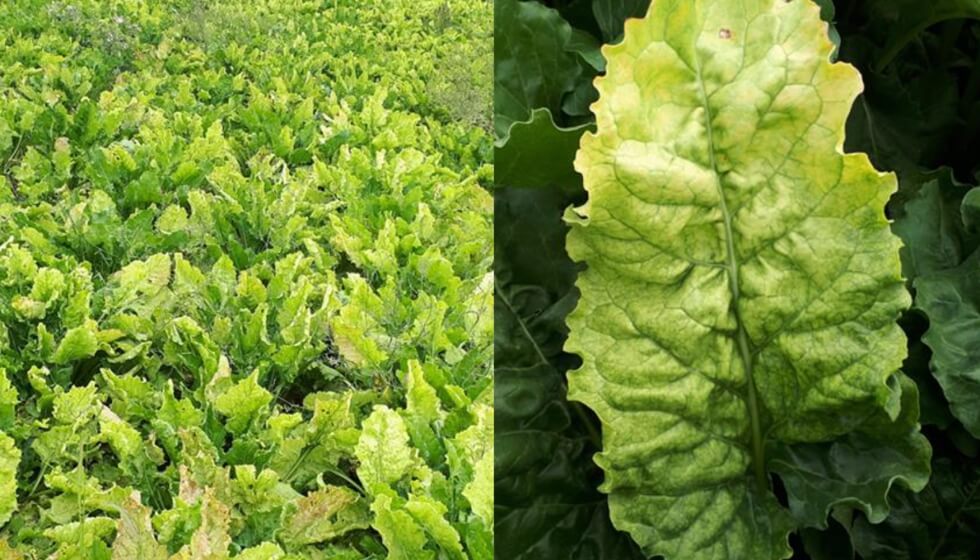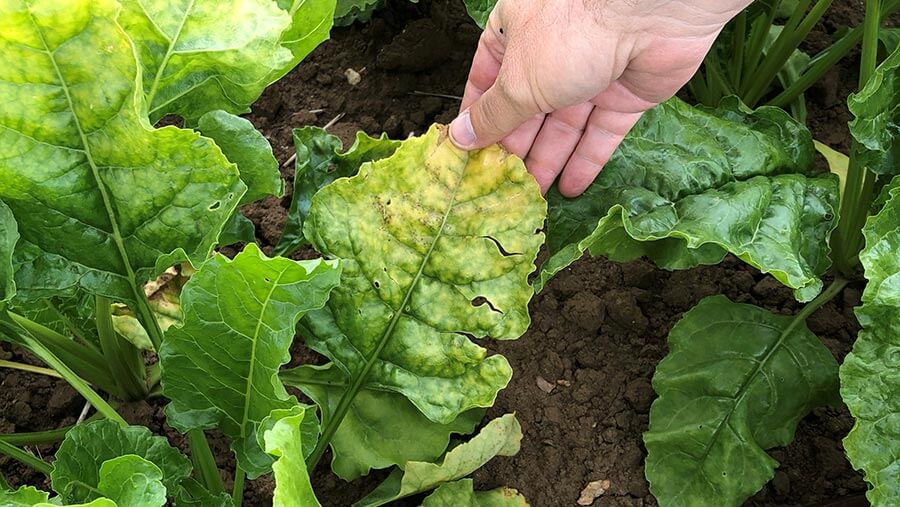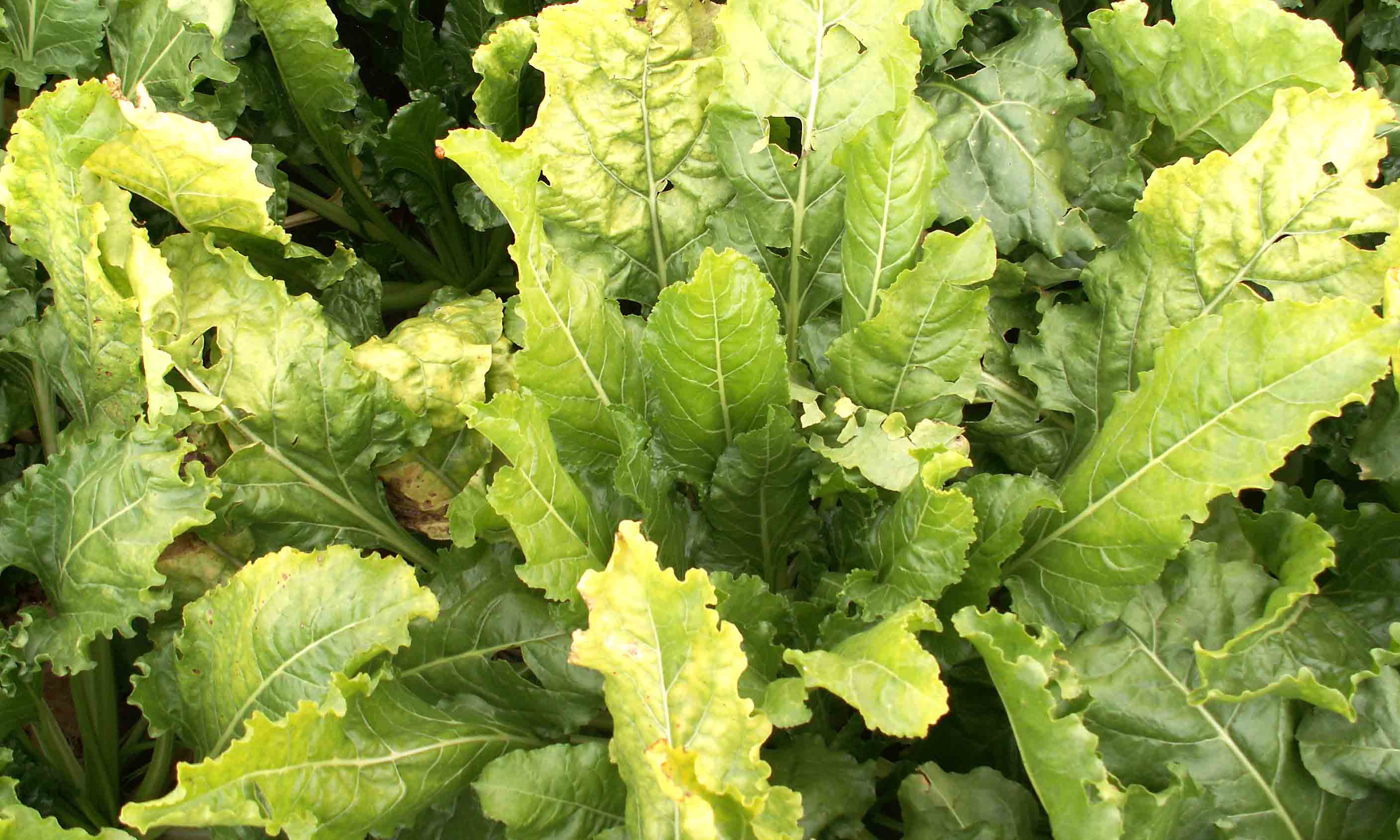
Plantas decorativas de jardín y/o interior
How to recognize and correct potassium deficiency in crops and garden plants
Potassium Deficiency
Nutritional disorder
Type:
Risk to the plant:
ALTO
-
Pathogen:
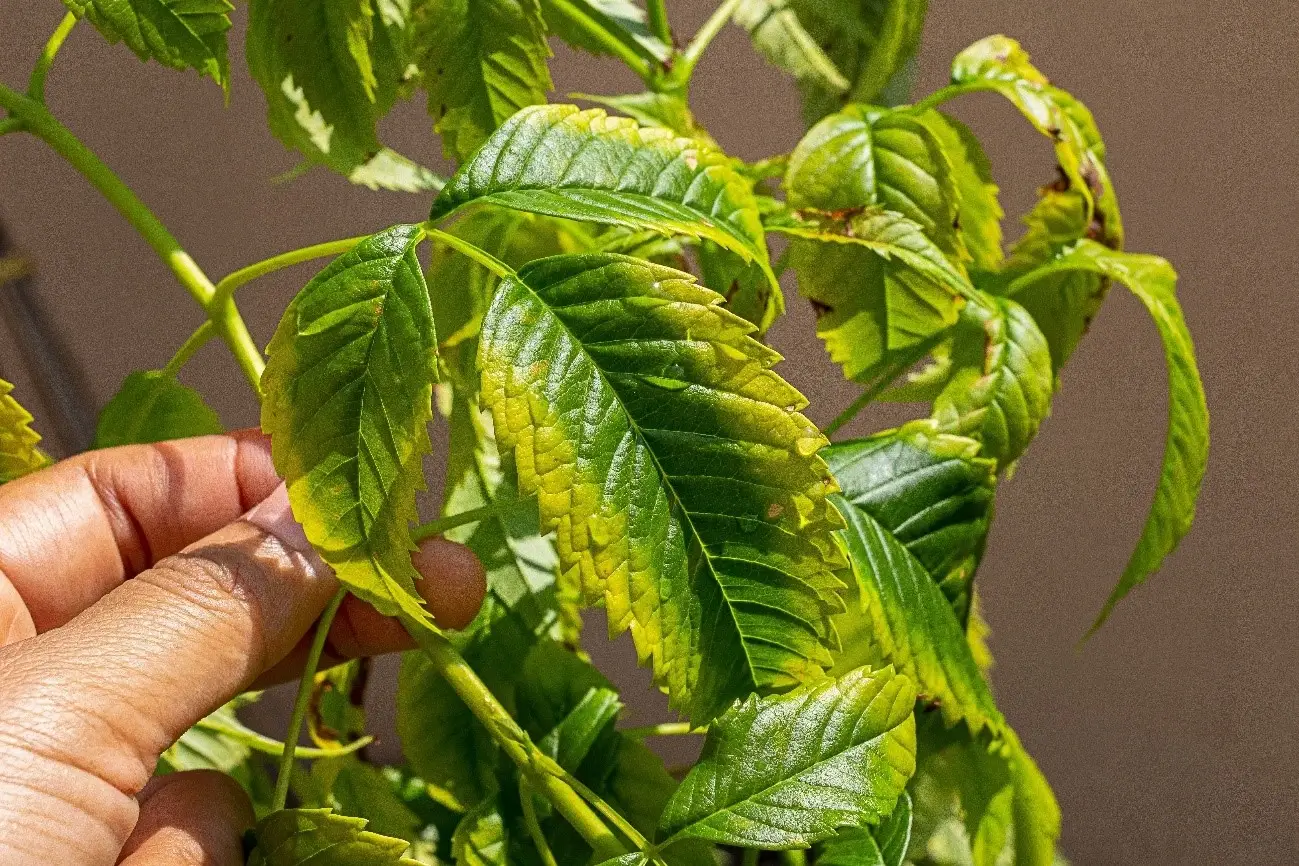
Deficiencia de Potasio
WHO CAUSES IT?
Potassium is an essential macronutrient that regulates water balance, stomatal opening and closure, enzyme activation, and plant resistance to drought, frost, and disease. Potassium deficiency occurs primarily in sandy soils, highly leached soils, or soils with excess calcium, magnesium, or sodium, which compete for absorption. Potassium deficiency can also occur in crops with high nutrient extraction (tomatoes, potatoes, corn, fruit trees) if not replenished with adequate fertilization.
SYMPTOMS
Unlike iron, potassium is mobile in the plant, so symptoms first appear on older leaves. The most characteristic appearance is marginal scorching (marginal necrosis), which progresses inward.
Typical symptoms:
• Yellowing (chlorosis) on the edges of lower leaves.
• Marginal necrosis, a "burnt" appearance.
• Leaves curled downward or with dark spots.
• Weak stems and thin buds.
• Small, deformed, or poorly colored fruits.
• Decreased resistance to drought and disease.
Potassium deficiency develops progressively and directly affects crop yield and quality, even if the plant survives.
Developmental stages:
• Initial: marginal chlorosis on older leaves.
• Intermediate stage: necrosis on edges and tips, progressing inward.
• Advanced: Leaves with dry, brittle edges, premature drop.
• Final: Thin stems, sparse flowering, poorly developed fruit, and increased sensitivity to stress.
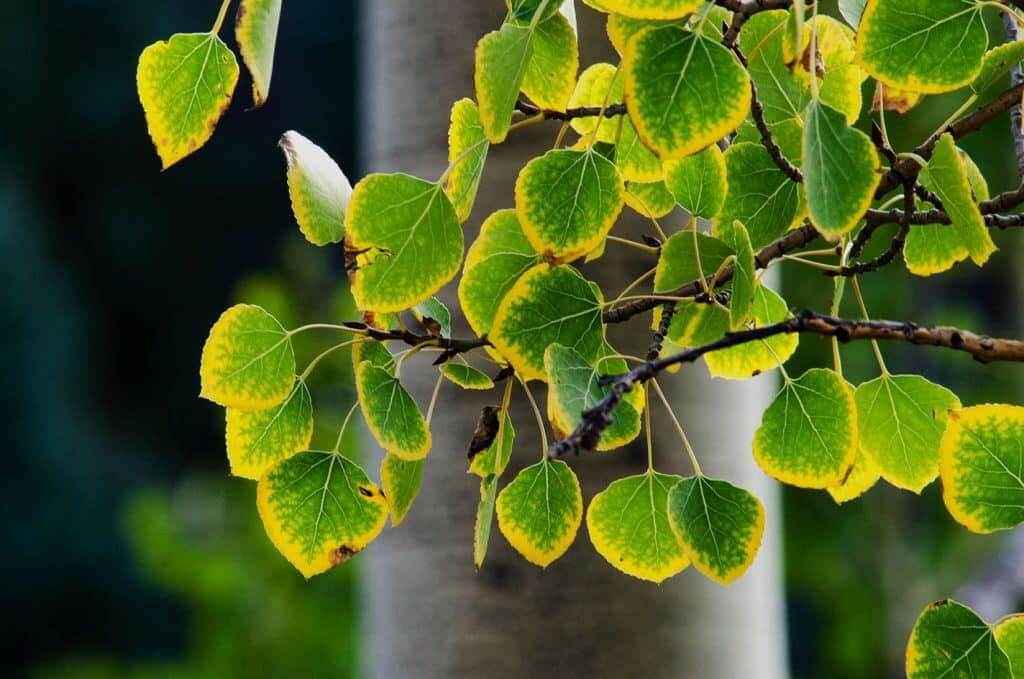
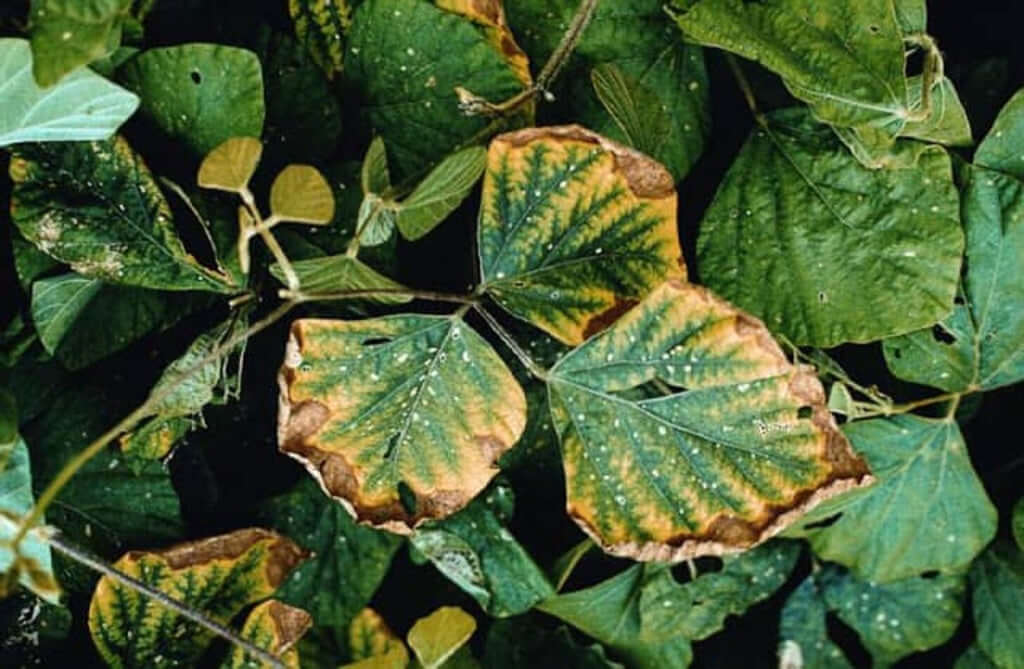

DEVELOPMENT CONDITIONS
Temperature:
-
Humidity:
-
HOW IS IT SPREAD?
-
HOW TO ELIMINATE IT?
Home treatments
There are no home treatments
Natural allies
Chemical treatments
There are no treatments for this disease. Treatments are directed at the insect vectors that transmit it. See insect treatments.
RECOMMENDED PRODUCTS TO ELIMINATE THE PEST
Sponsored link
Sponsored link
Sponsored link
Sponsored link
Sponsored link
Sponsored link
Sponsored link
Effective against all types of fungi
Sponsored link
Sponsored link
Sponsored link
Sponsored link
Sponsored link
REPELLENT PLANTS
-
RECOMMENDATIONS





















